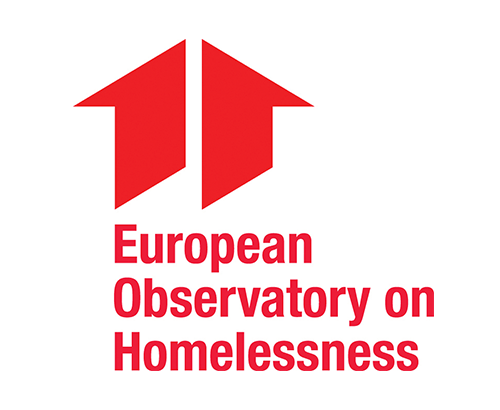Financing Homelessness Services in Europe

Read and download the publication here (Online PDF)
This research looks at how homelessness services are funded in Europe. The analysis focuses on the processes by which funding is secured, the experiences that homelessness service providers have in securing and sustaining funding, and the opportunities and the challenges in funding homelessness services across EU Member States.
The report is not concerned with the amounts of funding available in each Member State. One issue here is that drawing comparisons across the EU is difficult, there being significant differences in GDP, typical salary levels, logistical and capital costs, and operational conventions across the homelessness sectors in different Member States. In essence, homelessness services doing similar things will have much higher operational costs in some parts of the EU, typically but not exclusively in the North West of Europe, than in some other parts of the EU, such as Southern and Eastern Europe. There is little utility in comparing direct expenditure on homelessness services when the level and amount of service that can be funded for €100,000, or an equivalent sum, in one country is very different from what can be funded for €100 000 in another country.
Alongside this, arriving at a total budget for homelessness systems and services in each Member State would be a complicated exercise. This is because, as this report shows, funding systems often do not exist in one, consistent form in each Member State. Several countries have national, regional, and municipality (local authority) level budgets or have highly decentralised practices that vary in the nature and extent in each municipality. Rural areas may have little or no dedicated funding in place, major cities range from having significant, strategic expenditure on homelessness orchestrated via an integrated strategy, through to having little or no budget and little or no strategy. Homelessness services also derive some funding from charitable giving or from fund raising from corporate giving and philanthropic trusts. There are also homelessness services in Europe funded from 10 Financing Homelessness Services in Europe multiple sources in variable ways, including via EU funds. Understanding exactly what sort of resources those services have available would literally mean looking at the budgets of individual services.
The focus in this report is on how European homelessness services are funded and what opportunities, challenges, and risks they face. This does include issues like whether those services have enough funding to operate optimally and whether their funding is reliable and sustainable. The report is also concerned with what the pattern and nature of funding for homelessness services means for developing effective, integrated responses to homelessness at the level of individual Member States. The report also considers, in the light of the Lisbon Declaration on the European Platform on Combatting Homelessness, the implications of current European funding systems for delivering the pan-EU target of ending homelessness by 2030.




